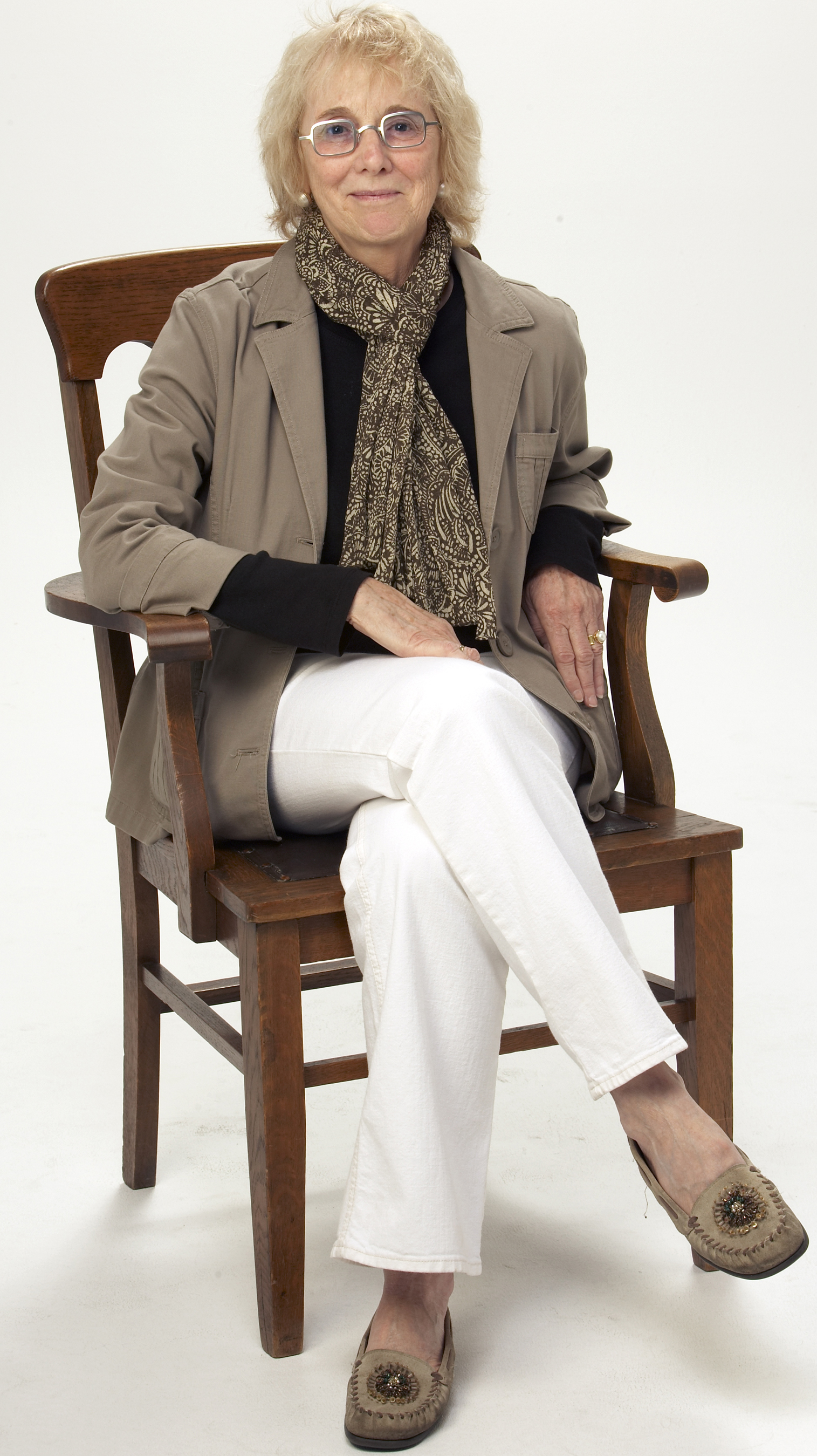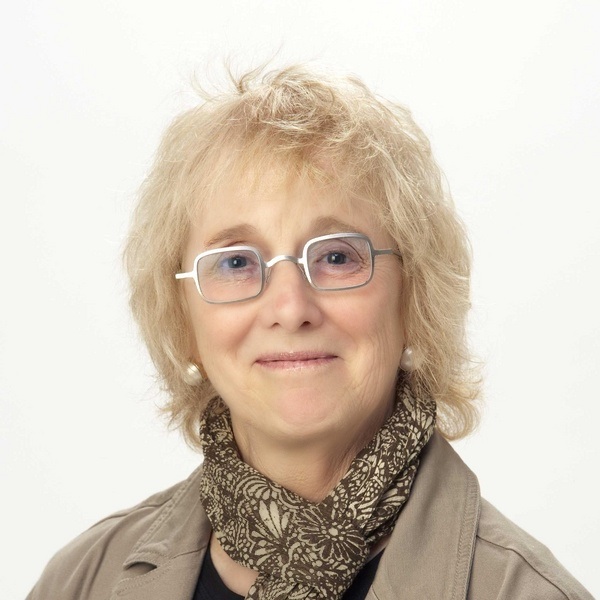September 2015, Market Analysis
Real estate is always a sure-fire conversation starter. “What’s the market doing?” is a classic opener.
For those who have been holding secondary homes/recreational properties, during an almost eight year downturn, it’s welcome news indeed that the answer is now “Definitely improving!”.
All markets are cyclical in nature
All markets are cyclical in nature. Sellers would prefer to sell on a high, and buyers would love to buy on a low. Recognizing pivotal market trends is a tough call. It’s usual to understand things when they have already passed by…easier to enjoy that 20/20 vision of the past.
The recreational markets are particularly difficult to call. Unlike a primary residence/city marketplace, where one lives year-round, works there, sends children to school there, the secondary home/rural marketplaces are by choice areas.

Old Scott Road
No one “has to” buy a property on a Gulf Island or in a rural community on Vancouver Island. Such a decision is totally discretionary, and does require consumer confidence in economic outcomes.
The post-Internet world we all now inhabit has changed the fabric of recreational ownership. It’s probable that 100% of such purchases start with an Internet search, and possibly that start occurs a good two years before a purchase is even seriously entertained.
That internet search puts all recreational regions on the same level. The buyer is no longer specifically targeted to one area… all such regions are now in competition with each other. Choice is huge.
The difficulty with several evenly weighted choices is that the viewer of same may put off acting. A buyer wants to “be sure”, before choosing. Why this place? What about that one? How to decide? Too many choices may mean no decision is taken.
I often think that a happy visitor experience in a recreational area can lead to a real estate purchase there. Successful tourism outcomes seem to drive all secondary home economies.
So…tourist discoveries are apparently showing their best patterns since 2007. Real estate sales volume in rural/recreational regions has improved dramatically. We may be just at the beginning of a market trending upward, in such discretionary areas. This might be the brief equilibrium moment between a buyers and a sellers market.
The allure factor that encourages a discretionary property decision might be the opportunity to live, even part-time, in a kinder gentler place. To be self-sufficient. To remember our essential selves.








